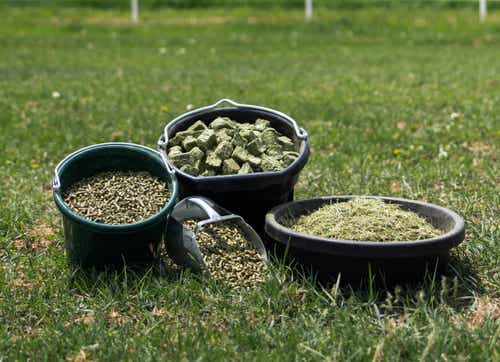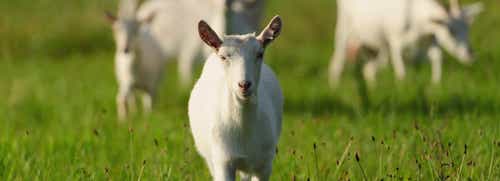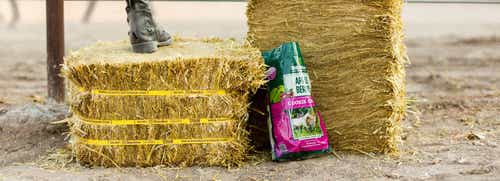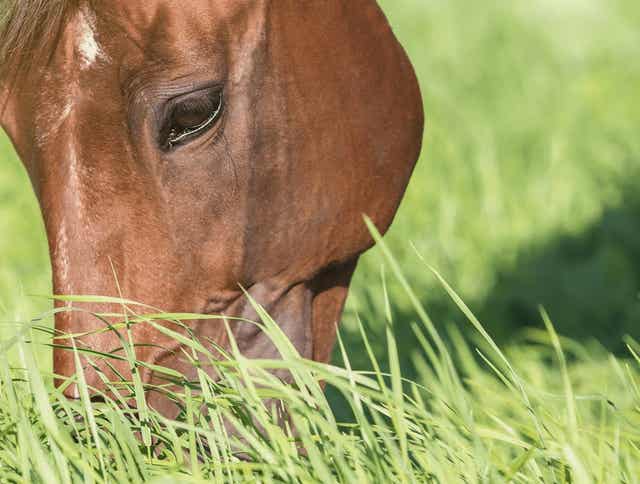
How Do I Feed My Horse? - Managing Forage Part 3
The horse has evolved as a grazing animal; pasture has played a pivotal role in equine nutrition. Reported intakes of fresh pasture by horses can range from 1.5% to 3.0% of body weight/day. Most horses today, however, are managed in far different conditions than their natural grazing environment. This is due to both lack of available land to create pastures for most horse owners and concerns with grazing horses' over consumption of nonstructural carbohydrates found in pasture, which has been implicated in the onset of several metabolic disorders. During photosynthesis, green plants ‘fix’ atmospheric carbon dioxide in the presence of light, resulting in the production of simple sugars. When sugars are produced in excess of the energy requirement of the plant for growth and development, they are converted into storage, or ‘reserve’ carbohydrates. These carbohydrates make up the nonstructural carbohydrate (NSC) fraction of the plant. These non-structural carbohydrates follow a seasonal pattern with highest values in spring compared to summer and winter, and intermediate values in the autumn. The over consumption of nonstructural carbohydrates by grazing horses has been implicated with metabolic disorders including insulin resistance and laminitis. Therefore many horses’ owners have their horses on restricted pasture access.
Because pastures for horses are less and less common, most horse owners rely on stored forage products such as hay and forage cubes or pellets. For horse owners who choose to feed a hay-only diet to enable better control intake, it is imperative to maintain adequate quantities of forage: at least 1.2% of body weight should be fed if your horse is on a weight loss plan and between 1.5% and 2.5% of BW for maintenance and performance horses.
Horse Feeding Guidelines Video
In addition to providing the correct amount of forage to our horses, it is important to slow the rate of forage intake and try to mimic grazing behavior. Recent research has shown that the use of slow hay feeders can be very beneficial. The study evaluated different methods of providing hay to horses in stalls on the behavior and feeding time. The hay distribution methods were a) on the ground, b) hay bag and c) slow hay feeder. The results showed that behavior and welfare of the horses was drastically changed depending on the hay feeding method used. The hay bag and slow feeder increased the time it took the horses to consume their hay, while the slow feeder also decreased the frustration level of the horses in the stalls and mimicked the natural head and neck position for horses to consume forage. If further reduction in rate of forage consumption is desired, you can use a grazing muzzle on horses consuming a hay-only diet.
For horses on a decreased intake feeding program to lose weight, it is especially important to slow down rate of intake and reduce stress. Excessive periods of no forage access can significantly increase the horse’s risk for gastric and colonic ulceration. By simulating grazing behavior or “trickle feeding” we can decease these risks as well as the development of other stereotypic behaviors.
Use our feed calculator or contact Standlee Premium Western Forage® to help develop a forage feeding program for your horses.
By Dr. Tania Cubitt & Dr. Stephen Duren
Performance Horse Nutrition
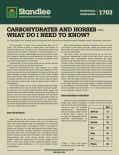
For more on carbohydrates and horses download Standlee's Free Nutritional White Paper - Carbohydrates and Horses - What Do I Need To Know?

